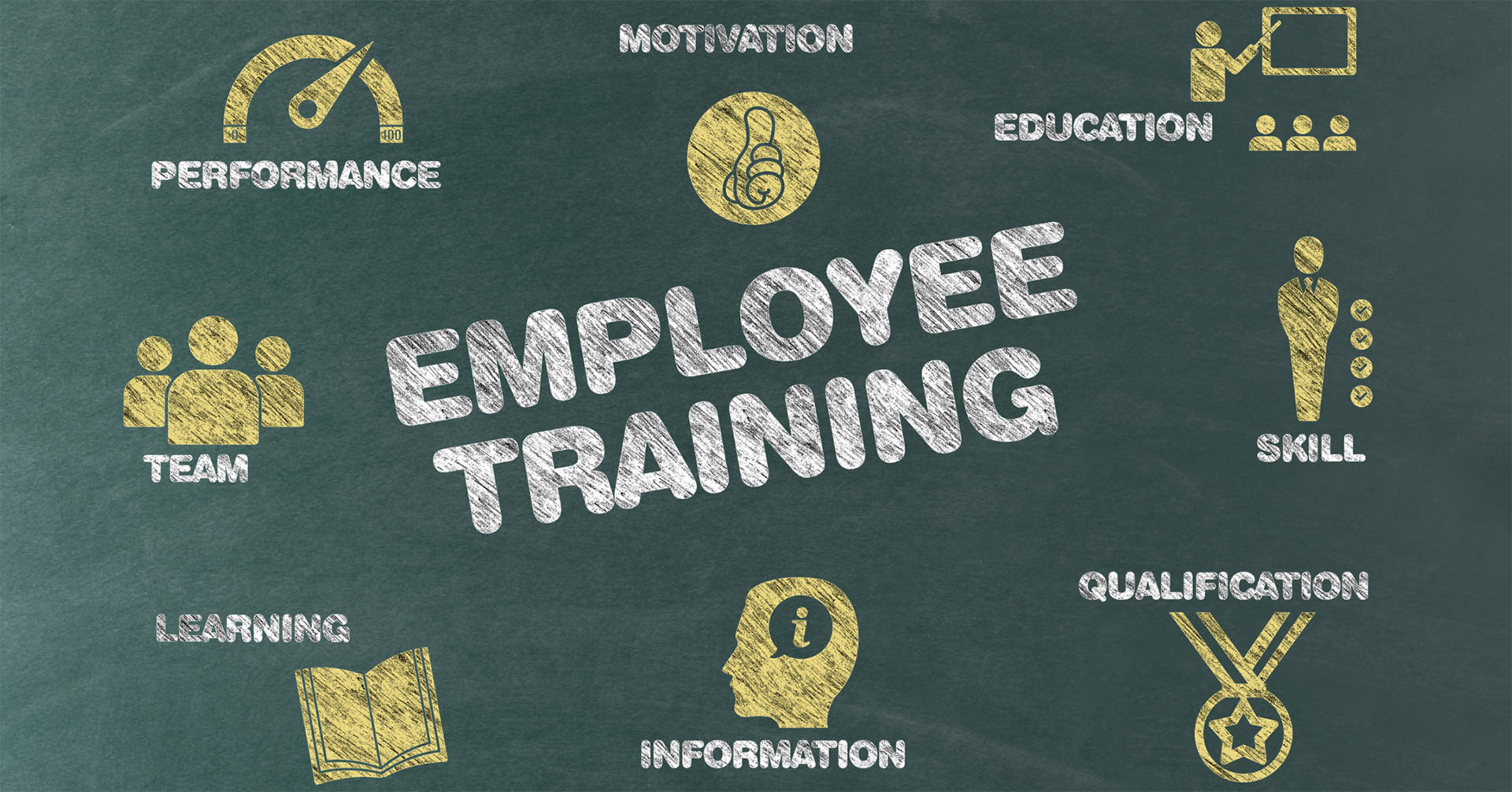
Your employees significantly impact your business, from company culture to productivity and profitability. The individuals you hire help to define your business’s success.
You can benefit from a wide range of advantages that extend far beyond a more educated workforce by investing in the professional development of your employees. An effective employee development strategy can improve business results, increase customer satisfaction, and create a better work environment.
Employee development involves employers providing professional training, continuing education, and learning opportunities to improve staff competencies and skills.
Employee development is often overlooked because companies prioritize more immediate, short-term goals. It’s easy to fall victim to believing there’s not enough time to devise or implement an employee development action plan, continually allowing it to be something you will get to eventually.
The reality is that viewing your employees’ skillsets as a work in progress, leads to a culture that values self-improvement, intellectual curiosity, and individual and organizational success.

Having more knowledgeable employees is the most evident benefit of employee development, though there are many other advantages, too. Investing in your team’s professional and personal development will show that you’re committed to their success. It demonstrates that you value their contributions to the business—they weren’t just chosen to perform tasks but were picked because you believe in their aptitude and potential.
Doing this will result in more engaged employees and improved employee satisfaction, creating a ripple effect of benefits: more confident employees, improved employee performance, and a higher rate of employee retention.
Improving your team’s abilities and skills will increase the chance of delivering on your business goals, creating huge improvements to your bottom line.
Employee development initiatives may differ depending on the industry, position, and corporate objectives. It would be best to establish your business’s goals, assess its current capabilities and identify opportunities for growth to create an effective employee development plan.
Below are some employee development strategies:
Onboarding
The perfect time to focus on employee development is during the onboarding process. New hires are keen to fit in and do their best work. A thorough onboarding process that supports professional development will help employees feel confident in their new job. You can achieve this with job shadowing or a mentor program.
Education Courses
You can increase employee engagement and job satisfaction by providing access to materials that help employees learn and develop new skills. Consider hiring an outside trainer to teach them new skills or invest in online courses that enable employees to learn at their own pace.
Workshops or Conferences
Workshops and conferences are wonderful resources for continuing education, and they also act as professional networking opportunities, which could help attract talent.

Identify Employee Development Areas
When creating an employee development plan, a critical detail is deciding which areas of expertise or skills can be improved. First, evaluate your organization’s objectives and your team’s current capabilities. Determine what exact knowledge or skills are required to help bridge gaps. Consider which employees or roles would benefit the most from career development and growth opportunities.
Ensuring employees and the business are working toward shared goals is the first step in creating an effective employee engagement strategy. When employees believe their personal and professional goals are aligned, they are likely to provide more effort.

The Manager’s Role
Employee development happens from the top down. A healthy company culture that values leadership and learning should exemplify those values by encouraging employees to follow their professional development strategies and embark on self-improvement opportunities.
Managers can support employee development by adopting a growth mindset, demonstrating emotional intelligence, and focusing on the root cause of problems instead of superficially reacting to obstacles.
Employees must feel supported to explore new interests, processes, and opportunities. Leadership can enhance the overall employee experience by demonstrating the behaviors and values they expect from their team.
Our recruiters at ALIGN are ready to assist you with ideas. Contact us today for some innovative suggestions.
©2021-2022 ALIGN / All Rights Reserved | Y5 Creative